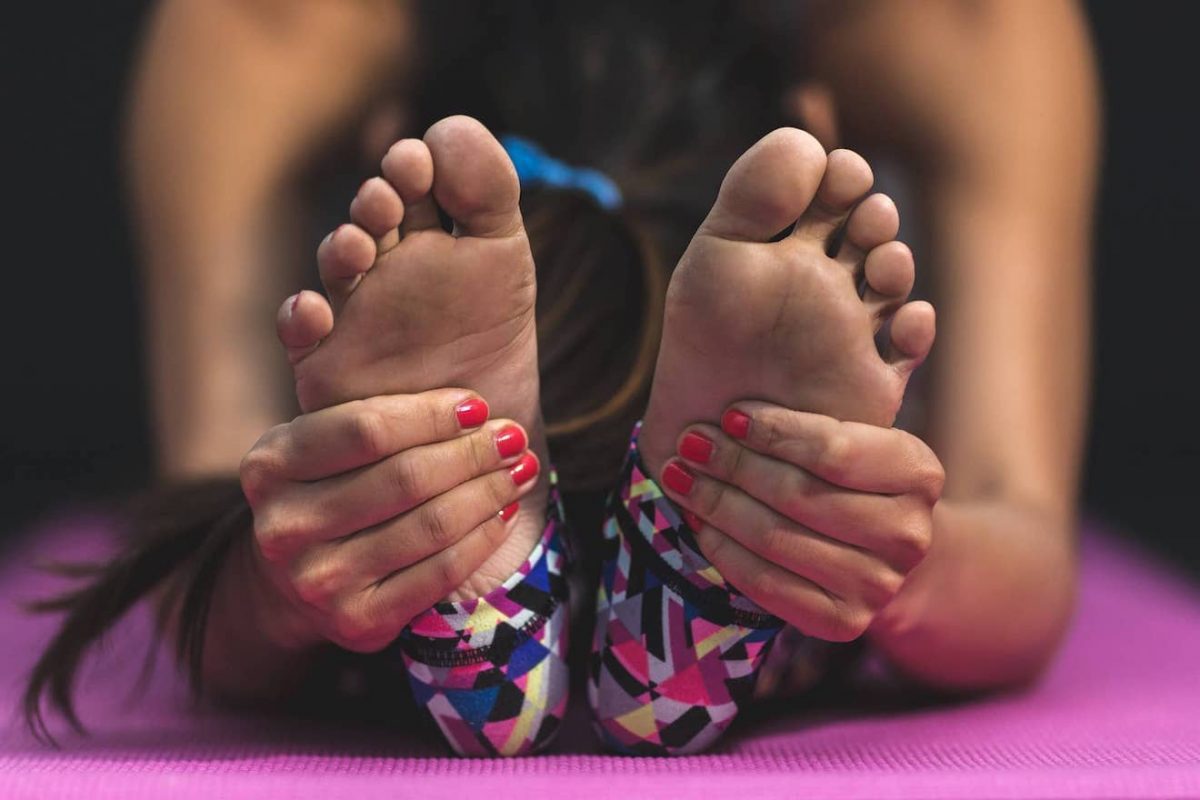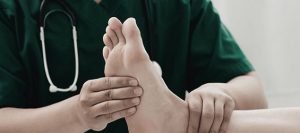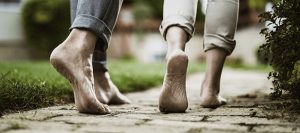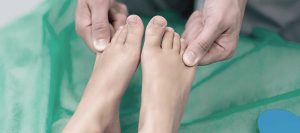
If you develop athlete’s foot, welcome to the club. Approximately 70% of Americans will develop this frustrating and annoying condition at some point in their lives.
That’s because you don’t need to be an athlete to get athlete’s foot. All you need is some warm, moist surfaces and lots of other folks’ bare feet walking on those surfaces to get this contagious fungal infection.
The good news is that there are easy ways you can minimize your chances of getting athlete’s foot and effective treatments in the unfortunate, but not unlikely, even that you do.
How Do Athlete’s Foot Problems Develop?
Athlete’s foot got its name because it was a common condition among athletes who share locker rooms and showers.
Those environments, and other ones where people often walk around in bare feet on moist surfaces (think poolside), are fertile grounds for the development and spread of the fungus which is the culprit behind athlete’s foot.
Athlete’s foot fungus belongs to a group of fungi called dermatophytes, which also cause jock itch and ringworm. These fungi love closed, warm, moist environments and feed on keratin, a protein found in hair, nails, and skin.
If you walk barefoot on a wet surface that someone with athlete’s foot has also walked on with their bare feet, you can easily contract the fungus.
Athlete’s foot spreads through direct contact with the infection and by skin particles left on towels, shoes, or floors. As such, athlete’s foot is a contagious condition.
Athlete’s Foot Problems and Symptoms
Common problems associated with athlete’s foot include:
- Skin inflammation
- A white, scaly rash with a red base
- Itching or burning between your toes or on the soles of your feet.
- Dry, scaly, peeling, flaky or cracked skin on your feet or between your toes.
- Blisters or ulcers on your foot
- A slight or strong odor
Anti-Fungal Creams and Sprays
Fortunately, you can usually clear up athlete’s foot with over-the-counter anti-fungal creams and sprays.
If you have a severe case of athlete’s foot, you may need a prescription anti-fungal medication such as ketoconazole or sulconazole.
If you develop a secondary bacterial infection, your podiatrist may also recommend an antibiotic.
Some Key Athlete’s Foot Prevention Tips
Since dirty and moist environments are where athlete’s foot fungus and other fungi thrive, you want your feet to come into contact with surfaces in such conditions as little as you can.
Keep your feet clean, scrub them with soap and water when you shower, and make sure you thoroughly dry them off. Pay particular attention to the area between your toes.
If you do walk barefoot in a wet environment, such as poolside or in a locker room, be vigilant about getting that moisture off your feet as soon as you can.
Better still, wear flip-flops or shower shoes in these areas to keep your feet from touching what is essentially a fungi playground.
Additionally, do not share shoes or socks with others.
Call JAWS Podiatry For Help With Your Foot And Ankle Issues
Our experienced, skilled, and caring podiatrists at JAWS Podiatry are committed to keeping your feet healthy and resolving problems when they arise.
If you have questions or concerns about athlete’s foot, please contact us today or call (954) 922-7333 to schedule a consultation.
- The Life-Changing Power of Cosmetic Foot Surgery - February 27, 2023
- What Are The Most Common Pediatric Foot Conditions? - October 5, 2020
- 4 Important Things To Know Before Having Foot Surgery - September 21, 2020



